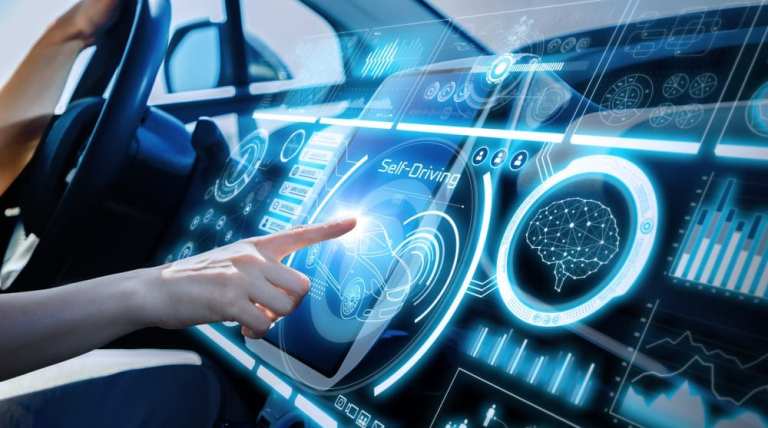
Cars and trucks have always had close links to retail and retail innovation — for starters, just think of drive-thrus and curbside pickup. Those links promise to get even tighter and more numerous with the rise of the connected car ecosystem and also autonomous vehicles. The latest development on that front comes from Waymo.
According to a recent report, the company (owned by Google parent Alphabet) “has been given permission by California regulators to transport passengers in its robotaxis. The approval is a milestone for the company as it begins to ramp up toward a commercial service.”
Waymo Permit
The specific permit comes from the California Public Utilities Commission (CPUC). A Waymo spokesperson said, according to the report, “The CPUC allows us to participate in their pilot program, giving Waymo employees the ability to hail our vehicles and bring guests on rides within our South Bay territory. This is the next step in our path to eventually expand and offer more Californians opportunities to access our self-driving technology, just as we have gradually done with Waymo One in Metro Phoenix.”
News of the Waymo permit comes amid other activity involving an imagined future of self-driving cars and trucks — vehicles whose mobile payments and commerce technology and tools will enable people inside those automobile to more often shop, buy and transact while on the road.
In June, for instance, Uber, the ridesharing provider, reportedly “unveiled its newest Volvo self-driving car … as it works to eventually deploy vehicles without drivers under some limited conditions. Uber said the new production XC90 will be assembled by Volvo Cars in Sweden and have human controls like steering wheels and brake pedals, but also with factory-installed steering and braking systems designed for computer rather than human control.”
The vehicle reportedly employs artificial technology that enables it to “drive autonomously for long distances on highways without maps and ‘on the fly’ to plot its course and navigate construction zones.”
The Uber launch followed the launch earlier in June of Ford’s self-driving vehicle fleet, called the Ford Fusion Hybrid. Ford also has “opened a research center in Tel Aviv, joining a growing number of major automakers and suppliers setting up shop in Israel’s tech hub,” the report stated. Meanwhile, General Motors reportedly is seeking regulatory approval for its own driverless vehicles, which would serve the ridesharing industry.
Retail Stakes
The retail stakes involved when it comes automotive in the coming years — and decades — are nothing short of tremendous. A view at the situation involved commerce and connected vehicles — which still require drivers — shows why.
Sixty-four million cars featuring connected tech are expected to ship by the end of the year, according to the PYMNTS Commerce Connected Playbook. Many automakers are already looking into tools and mobile apps to add to the experiences of drivers through infotainment systems. At the same time, connected cars are impacting how quick-service restaurants (QSRs) look at their relationships with diners.
QSRs are tapping into this capability by allowing diners to place orders from their vehicles: Domino’s Pizza, for instance, is bringing in-car ordering to new vehicles this year through the AnyWare pre-loaded ordering platform. The offering will enable diners to use the touchscreen on their vehicles to make orders and will be powered by the Xevo Market automotive commerce platform for connected cars. Domino’s Director of Digital Experience Chris Roeser said in an announcement about the in-car ordering offering, “At Domino’s, we want pizza ordering to be simple and always within reach, no matter where a customer happens to be.”
And tech companies are providing consumers with new ways to order ahead or ask for delivery: Google users can now place restaurant orders right from Google Maps, Google Assistant or Google Search, for instance. Through the feature, diners can order without downloading another mobile app. The function operates in Google Search as well as Google Maps via an “Order Online” button that shows up when consumers look for a supported restaurant. Diners can then opt for pickup or delivery and select the service through which they want to place their orders.
As use of the connected car grows, these upgraded vehicles have the potential to serve 135 million commuters who spend an average of 51 minutes driving to and from work every day. PYMNTS research shows that most commuters are interested in using their daily commute times to handle a host of tasks, such as taking phone calls, ordering groceries, paying bills and making other retail purchases — all from their cars’ connected dashboards.
Those in-car tasks really add up: connected commuters are generating $230 billion, a rise of 8 percent year-over-year. This new development involving Waymo stands as another mile marker on the road toward that new future of retail.